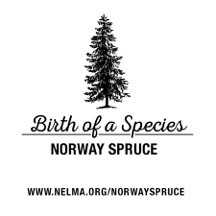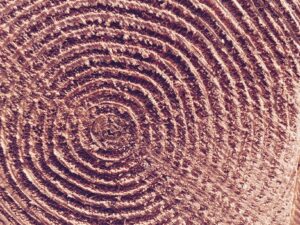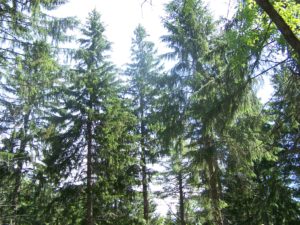The Norway spruce story
After 4 years of discussing, researching, locating, verifying, planning, sampling, testing, and analyzing, Norway Spruce becomes the 10th  softwood species to be included within the Spruce-Pine-Fir south (SPFs) grouping of species for design values. The official notification was received by NELMA from the American Lumber Standard Committee’s (ALSC) Board of Review on October 20, 2016.
softwood species to be included within the Spruce-Pine-Fir south (SPFs) grouping of species for design values. The official notification was received by NELMA from the American Lumber Standard Committee’s (ALSC) Board of Review on October 20, 2016.
This approval capped 4 months of destructively testing more than 1,300 pieces of 2×4, 2×6, and 2×8 lumber by the University of Maine’s Advanced Structures and Composite Center in Orono, followed by 8 more months of deliberations and intensive review by the U.S. Forest Products Laboratory in Madison, Wisconsin. Their final assessment came to the same conclusion: Norway Spruce may join the other species within the SPFs grouping and adopt the same strength values important for use by engineers, architects, and builders in construction applications.
Norway Spruce becomes the first major, U.S. grown new wood species to be fully tested since strength values were first conducted in the 1920s. Norway Spruce is a native, well-established softwood species in Northern, Central, and Eastern Europe where it is a significantly important commercial wood source in countries such as Germany, the Baltic States, and yes, even Norway. The species uniqueness starts with its dramatic appearance unlike any other spruce. The tree’s drooping branchlets are an identification trademark and gives rise to Norway Spruce as a favorite Christmas tree species, as noted by its annual selection as the “Tree” that adorns Rockefeller Center in NYC for the holiday season.
History of Norway Spruce in the U.S.
NELMA’s historical research found that its introduction to America began in 1860 when European immigrants brought Norway Spruce stock with them and first planted the species in Woods Hole, Massachusetts. A Harvard Forest Research report in 1936 documented an additional 58 Norway Spruce plantations throughout Massachusetts, Vermont, and New York, as its popularity, notable high-survival rates and relative fast growth compared to native softwood species became known within the region.
Based on this early success, Norway Spruce seedlings became a critical component of President Roosevelt’s back-to-work program in the 1930s that replanted thousands of acres of abandoned agricultural lands in the Northeast created by the Great Depression. The Civilian Conservation Corps (CCC) were tasked with this reforestation project whose purpose was to stabilize barren soils and reduce erosion. More than 113 million Norway Spruce seedlings were distributed by state nurseries for replanting projects in New England, New York, and Pennsylvania, just through 1932, prior to the kick-off of CCC. Millions more were made available to the Corp for hundreds of projects that followed for the next 10 years in the region.
replanted thousands of acres of abandoned agricultural lands in the Northeast created by the Great Depression. The Civilian Conservation Corps (CCC) were tasked with this reforestation project whose purpose was to stabilize barren soils and reduce erosion. More than 113 million Norway Spruce seedlings were distributed by state nurseries for replanting projects in New England, New York, and Pennsylvania, just through 1932, prior to the kick-off of CCC. Millions more were made available to the Corp for hundreds of projects that followed for the next 10 years in the region.
The result of this hard work may be found today in large volumes of rich stands of Norway Spruce in the Northeast, a new found legacy left by the CCC. Their work will have an important economic impact on today’s lumber industry as the species begins enjoying its increased value from previous markets of pulpwood, paper chips, and 1” board material. More than 2 billion board feet of standing sawtimber is listed in current data collected by the U.S. Forest Service in the Midwest, Mid-Atlantic, and Northeastern regions. With the high sampling error with the data, inherent for “minor” species in the survey itself, there is likely 2 to 3 times that amount in reality.
What does this means to NELMA lumber manufacturing members? Norway Spruce grown in the U.S. may immediately be procured by a mill to incorporate within their current Spruce-Pine-Fir species mix.
The approval of the species marks the end of a lengthy but necessary process of bringing a new species to the marketplace, taking more than 1000 Association staff man-hours in the final 2 years alone.

